Content Troubleshooting FAQs
 Content-related issues can be a significant roadblock in achieving your online goals, whether you’re running a website, managing a blog, or curating digital content.
Content-related issues can be a significant roadblock in achieving your online goals, whether you’re running a website, managing a blog, or curating digital content.
From formatting glitches to broken links, these challenges can hinder user experience, decrease engagement, and impact your site’s overall performance.
However, identifying and resolving these issues effectively is crucial for maintaining a seamless and engaging digital presence.
We encourage you to use these content troubleshooting FAQs in addition to our Content Troubleshooting Guide to explore common problems encountered in content management, such as inconsistent formatting, outdated information, and SEO optimization errors,
Go through the FAQs below … we guarantee you’ll find solutions, practical tips, and strategies to diagnose content-related issues, implement corrective measures, and prevent issues from recurring in the future.
Content Strategy Troubleshooting FAQs
Whether you’re a content creator, website administrator, or digital marketer, mastering the art of troubleshooting content issues is essential for ensuring the quality, relevance, and accessibility of your online content.
By addressing these challenges proactively, you can enhance user satisfaction, boost search engine visibility, and achieve your content goals more effectively.
Here are frequently asked questions related to content troubleshooting in the following areas:
Why is our content not driving traffic or engagement?
It could be due to inadequate audience research or irrelevant content. Analyze your target audience‘s preferences and interests.
How can we improve our content’s SEO performance?
Ensure your content is optimized for relevant keywords, has proper meta tags, and high-quality backlinks.
What should we do if our content isn’t converting leads?
Review your call-to-action (CTA) strategy, ensure your content aligns with the buyer’s journey, and consider offering valuable incentives.
Our content production process is inefficient, how can we streamline it?
Identify bottlenecks, implement content calendars, collaborate with team members, and consider automation tools.
How can we address negative feedback or comments on our content?
Respond promptly, empathize with the commenter, and use constructive criticism to improve future content.
Our content isn’t resonating with our target audience, what should we do?
Reevaluate your content strategy, conduct audience surveys, analyze competitors, and experiment with different content formats.
What metrics should we track to measure the effectiveness of our content strategy?
Key performance indicators (KPIs) may include website traffic, engagement rates, conversion rates, and ROI.
Content Planning Troubleshooting FAQs
Why is our content not aligning with our target audience’s interests?
Review your audience research and personas to ensure your content addresses their pain points and interests.
How can we improve the consistency and quality of our content?
Implement editorial calendars, style guides, and content workflows to maintain consistency and ensure quality standards are met.
Our content production is falling behind schedule, what should we do?
Assess your content creation process for inefficiencies, delegate tasks effectively, and consider outsourcing or automating certain tasks.
What should we do if our content strategy is not yielding the expected results?
Conduct a comprehensive content audit to identify gaps and areas for improvement, then adjust your strategy accordingly.
How can we ensure our content is optimized for search engines?
Conduct keyword research, optimize meta tags and headings, and focus on creating valuable, relevant content that addresses user intent.
Our content is not driving engagement or conversions, what steps should we take?
Analyze your content metrics to identify weak points, experiment with different formats and distribution channels, and optimize your calls-to-action (CTAs).
How can we better align our content planning with our overall business goals?
Regularly communicate with key stakeholders, align content KPIs with business objectives, and adapt your content strategy as business priorities evolve.
What should we do if our content is receiving negative feedback or comments?
Address criticism constructively, engage with your audience to understand their concerns, and use feedback to improve future content.
Content Production Troubleshooting FAQs
Why is our content production process inefficient?
This could be due to lack of clear processes, poor collaboration among team members, or outdated tools. Conduct a thorough assessment to identify bottlenecks and streamline workflows.
How can we improve content quality while maintaining efficiency?
Focus on setting clear quality standards, providing training for content creators, and implementing regular quality checks throughout the production process.
What should we do if our content is not meeting deadlines?
Review your content calendar and production timeline to identify any unrealistic deadlines or resource constraints. Adjust deadlines accordingly and communicate with stakeholders about any delays.
Our content is not resonating with our target audience, how can we troubleshoot this?
Conduct audience research to better understand their preferences and pain points. Use data analytics to assess content performance and iterate based on insights.
How can we manage content production when resources are limited?
Prioritize tasks based on strategic goals, consider outsourcing certain aspects of content creation, and leverage technology to automate repetitive tasks.
What should we do if there are conflicts within the content production team?
Foster open communication, encourage collaboration, and establish clear roles and responsibilities to minimize conflicts. Address any issues promptly and diplomatically.
How can we ensure consistency across different types of content?
Develop comprehensive style guides and templates, provide training for content creators, and implement regular content audits to maintain consistency.
What metrics should we track to evaluate content production performance?
Key performance indicators (KPIs) may include production time, content quality scores, adherence to deadlines, and audience engagement metrics.
Content Marketing Troubleshooting FAQs
Why is our content not generating leads or conversions?
This could be due to ineffective targeting, weak calls-to-action (CTAs), or content that doesn’t address the audience’s pain points. Analyze your content strategy and adjust targeting and messaging accordingly.
How can we improve our content’s visibility and reach?
Enhance your content distribution strategy by leveraging social media, email marketing, guest posting, and SEO optimization. Additionally, collaborate with influencers or industry experts to extend your reach.
What should we do if our content is receiving negative feedback or criticism?
Listen to feedback with an open mind, identify areas for improvement, and engage with your audience to address concerns. Use criticism as an opportunity to learn and refine your content strategy.
How can we measure the effectiveness of our content marketing efforts?
Track key performance indicators (KPIs) such as website traffic, engagement metrics, conversion rates, and return on investment (ROI). Use analytics tools to gather data and analyze the impact of your content.
Our content is not resonating with our target audience, what should we do?
Revisit your audience personas and conduct thorough research to better understand their needs and preferences. Tailor your content to address their specific pain points and interests.
How can we overcome content production challenges such as limited resources or budget constraints?
Prioritize content initiatives based on strategic goals, repurpose existing content to maximize efficiency, and explore cost-effective production methods like user-generated content or curated content.
What should we do if our content is not ranking well on search engines?
Conduct keyword research to identify relevant search terms, optimize your content for SEO, improve website performance, and build quality backlinks to enhance search visibility.
How can we maintain consistency in our content marketing efforts?
Develop a content calendar or editorial schedule to plan and organize content creation and distribution. Establish clear brand guidelines and style standards to ensure consistency across all content channels.
Content SEO Troubleshooting FAQs
Why is my content not ranking well on search engines?
Content may not rank well due to various factors such as poor keyword optimization, low-quality content, insufficient backlinks, or technical SEO issues. Conduct a comprehensive SEO audit to identify and address the underlying issues.
How can I improve the visibility of my content in search results?
To improve visibility, focus on optimizing content for relevant keywords, creating high-quality and engaging content, building authoritative backlinks, and ensuring proper technical SEO practices such as mobile optimization and site speed.
What should I do if my website experiences a sudden drop in search rankings?
A sudden drop in rankings may indicate penalties, algorithm updates, or technical issues. Analyze recent changes to your website or SEO strategy, check for manual penalties in Google Search Console, and address any technical issues promptly to recover lost rankings.
How do I identify and fix keyword cannibalization issues?
Keyword cannibalization occurs when multiple pages on your site target the same keyword, leading to competition and decreased visibility. Conduct a site audit to identify pages targeting the same keyword, consolidate or differentiate content, and use canonical tags to specify the preferred page for search engines.
What steps should I take to optimize content for featured snippets?
To optimize for featured snippets, create content that directly answers common questions, use structured data markup, format content in a Q&A style, and provide concise and relevant answers to target questions.
How can I diagnose and resolve issues with slow page loading times?
Slow loading times can harm SEO performance. Use tools like Google PageSpeed Insights to identify areas for improvement, optimize images and media files, enable browser caching, and consider upgrading hosting or using a content delivery network (CDN).
Content Promotion Troubleshooting FAQs
Why is our content not reaching our target audience effectively?
Possible reasons include improper targeting, insufficient promotion channels, or low-quality content. Conduct audience research to understand their preferences and behavior, and optimize your promotion strategy accordingly.
How can we increase engagement and visibility for our content?
Utilize a mix of promotion tactics such as social media marketing, email newsletters, influencer collaborations, paid advertising, and SEO optimization. Experiment with different approaches to find what resonates best with your audience.
Our content promotion efforts are not driving traffic to our website. What should we do?
Evaluate your promotion channels and messaging to ensure they align with your target audience’s interests. Optimize your content for search engines, improve the user experience on your website, and consider investing in paid advertising to boost visibility.
How can we leverage social media effectively to promote our content?
Develop a social media strategy that includes regular posting, engagement with your audience, use of relevant hashtags, and participation in relevant communities or groups. Monitor social media analytics to refine your approach and maximize reach.
Our content is not gaining traction on social media platforms. What could be the issue?
It’s possible that your content is not resonating with your audience or you’re not optimizing your posts for each platform. Review your content strategy, tailor your messaging to each platform’s audience, and experiment with different content formats and posting times.
How can we improve the effectiveness of our email marketing campaigns for content promotion?
Segment your email list based on subscriber interests, personalize your email content, use compelling subject lines and visuals, and test different email formats and sending times. Monitor email metrics such as open rates, click-through rates, and conversions to refine your approach.
What should we do if our content is not gaining traction despite our promotion efforts?
Revisit your content strategy and quality, refine your promotion tactics, and consider reaching out to influencers or partners for additional promotion. Monitor analytics closely to identify areas for improvement and adjust your approach accordingly.
Content Management Troubleshooting FAQs
Why is our content not appearing correctly on our website?
This issue could be due to various factors such as coding errors, compatibility issues with the content management system (CMS), or caching problems. Start by checking the HTML code for errors, ensuring compatibility with the CMS platform, and clearing the cache to see if it resolves the issue.
How can we fix broken links or missing images in our content?
Broken links and missing images can detract from the user experience and impact SEO. Utilize website auditing tools to identify broken links and missing images, then update or replace them accordingly. Ensure proper file naming conventions and hosting to prevent future issues.
What should we do if our content is not ranking well in search engine results?
Poor search engine rankings may stem from inadequate keyword optimization, low-quality content, or technical SEO issues. Conduct keyword research, optimize meta tags, headings, and content for relevant keywords, and ensure proper site structure and navigation. Regularly monitor and update content to improve search visibility.
Why are we experiencing slow loading times for our content?
Slow loading times can result from large file sizes, excessive plugins or scripts, server issues, or inefficient coding. Optimize images and videos, minimize HTTP requests, and leverage caching and content delivery networks (CDNs) to improve loading speed. Consider upgrading hosting infrastructure if necessary.
How can we address formatting issues in our content across different devices?
Formatting issues may arise due to inconsistent styling, CSS conflicts, or lack of responsiveness. Use CSS frameworks for responsive design, conduct thorough testing across various devices and screen sizes, and adhere to best practices for web design and development to ensure consistent formatting.
What steps should we take if our content is not engaging our target audience?
Poor audience engagement may indicate content relevance or quality issues. Analyze audience demographics and preferences, gather feedback through surveys or social media, and tailor content to address audience needs and interests. Experiment with different content formats and storytelling techniques to increase engagement.
Content Outsourcing Troubleshooting FAQs
Why is the quality of outsourced content not meeting our expectations?
Poor content quality may result from miscommunication, inadequate briefs, or hiring inexperienced writers. Ensure clear communication of expectations, provide detailed briefs with specific guidelines, and vet writers based on their experience and expertise.
How can we effectively manage deadlines when outsourcing content?
Deadline issues may arise due to poor planning, unrealistic expectations, or miscommunication. Set realistic deadlines based on content complexity and writer availability, communicate deadlines clearly, and establish regular check-ins to monitor progress.
What should we do if the outsourced content does not align with our brand voice?
Misalignment with brand voice could stem from inadequate brand guidelines or failure to communicate brand identity effectively. Provide detailed brand guidelines, including tone, style, and messaging preferences, and offer examples or references for clarity.
How do we handle revisions and edits for outsourced content?
Revision issues may occur due to unclear instructions or misunderstandings. Clearly outline revision policies and expectations upfront, provide constructive feedback, and establish a streamlined process for requesting and implementing revisions.
What steps should we take if there are confidentiality breaches with outsourced content?
Confidentiality breaches may result from inadequate contracts or insufficient vetting of freelancers. Implement robust confidentiality agreements, conduct background checks on freelancers, and limit access to sensitive information on a need-to-know basis.
How can we ensure outsourced content is optimized for SEO?
SEO issues may arise if writers lack SEO knowledge or fail to follow SEO best practices. Provide SEO training or guidelines to writers, specify keyword usage and placement requirements, and review content for SEO before publication.
***
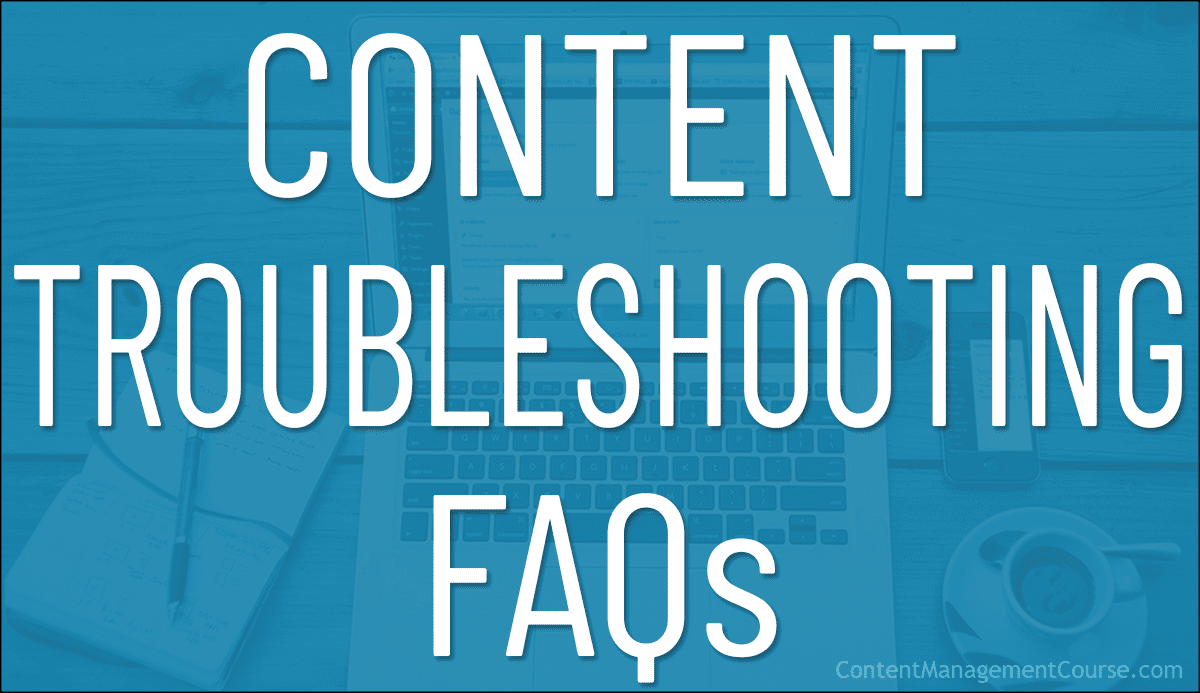

 To establish a strong online presence and engage with your
To establish a strong online presence and engage with your 
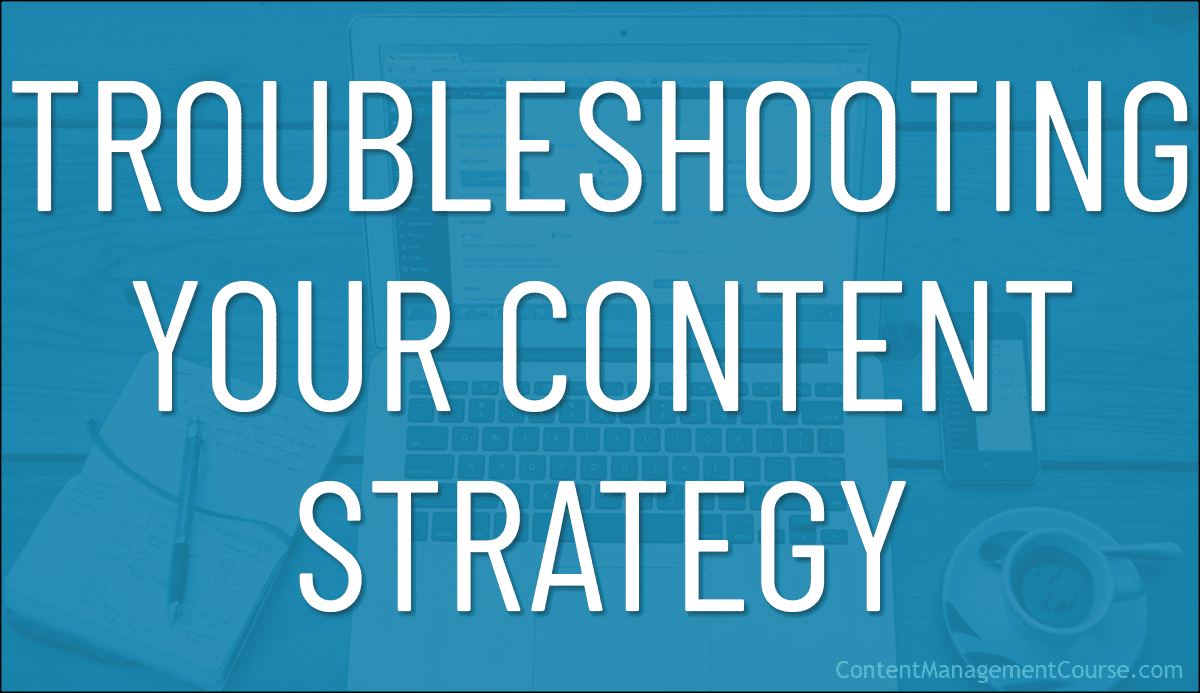

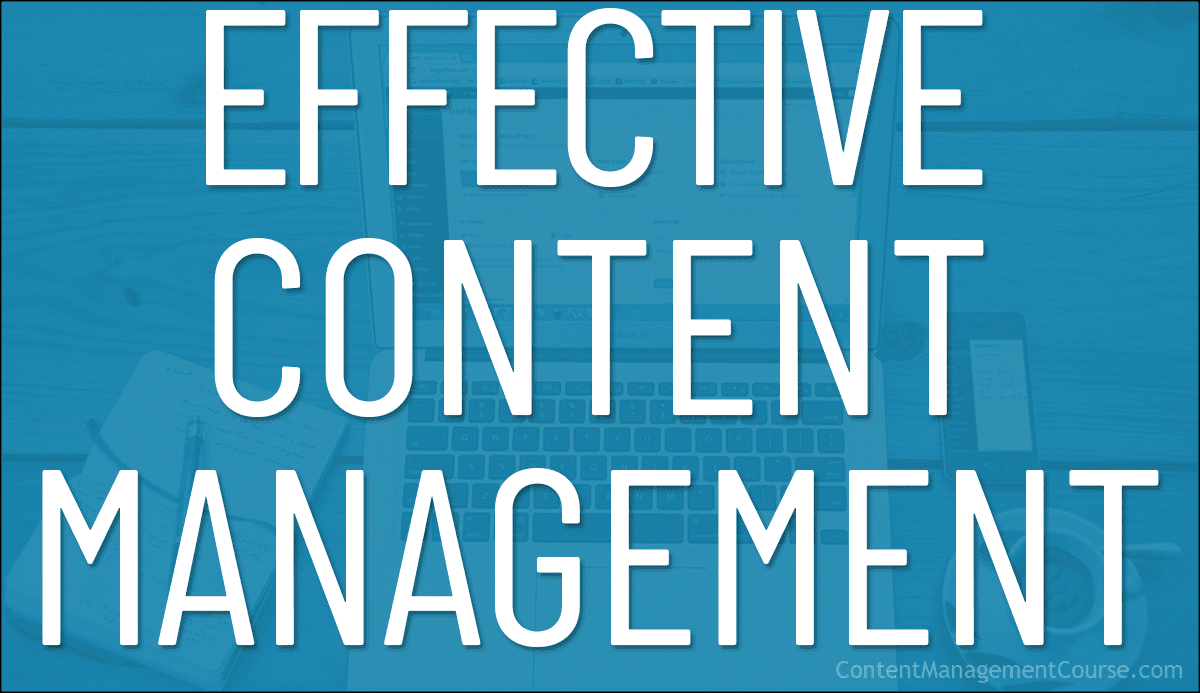
 In this article, we show you how the right picture of what an effective content management framework looks like can help you fix and eliminate most of the content-related problems in your business.
In this article, we show you how the right picture of what an effective content management framework looks like can help you fix and eliminate most of the content-related problems in your business.
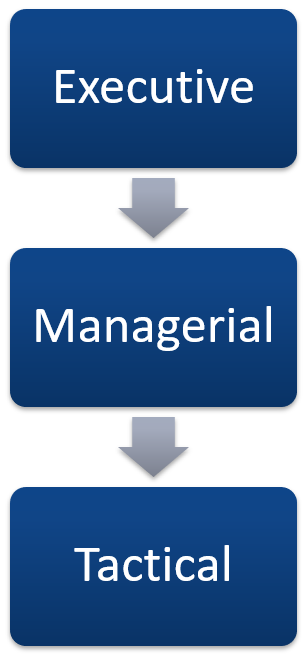

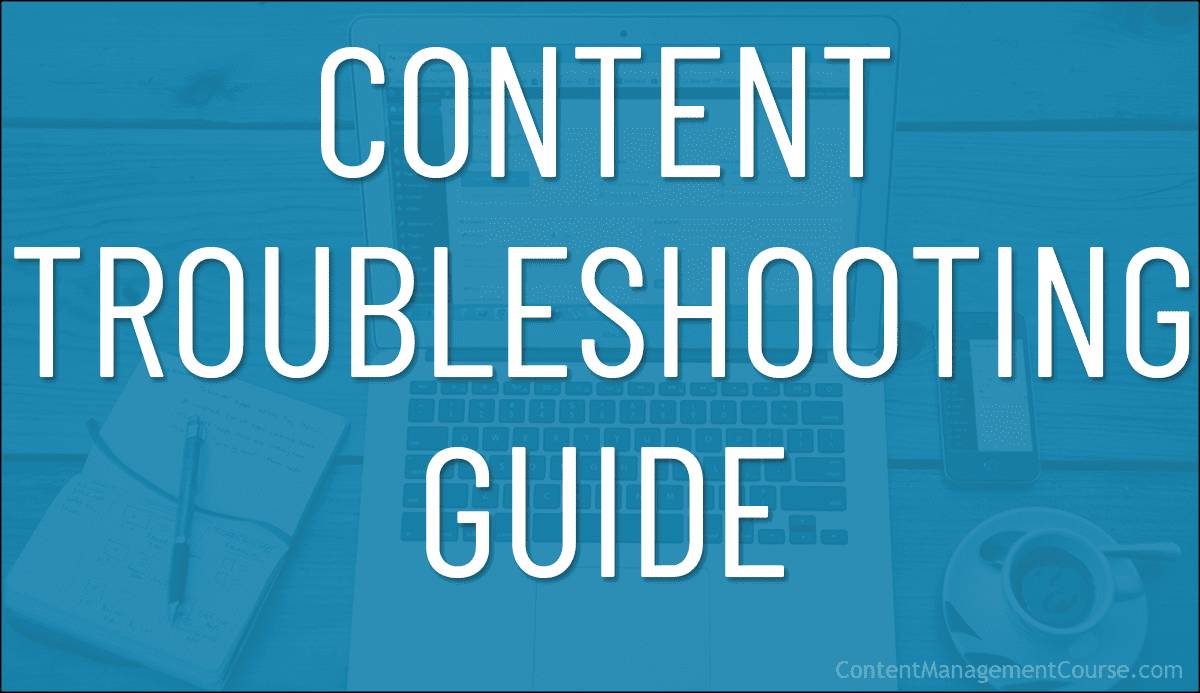
 This troubleshooting guide will help you identify issues in your content that may be preventing your business from experiencing better results and presents fixes and solutions to improve your content management practices.
This troubleshooting guide will help you identify issues in your content that may be preventing your business from experiencing better results and presents fixes and solutions to improve your content management practices.










